Does planting trees really solve the air pollution problem?
As a human being, we need trees to produce the oxygen we will breathe. We need trees in an area to make the air cool, fresh, and calm. Some of you may also think that living or doing activities in green areas will be free from air pollution. However, it seems that being active in areas with lots of trees does not always protect you from exposure to air pollution.
Here's why.
There are gas and particulates in air pollution
There are at least two types of contaminants in air pollution around us, they are gases and particulates. Gas is a state of matter that has no fixed shape or volume. Some gas examples are NOx, SO2, CO, and VOCs. Aside from that, there are also particulates in air pollution, tiny pieces made up of solids or liquids in the air. These particulates may include dust, dirt, and soot. Particulates can be categorized based on their diameter size. PM10 is particulate matter that has a diameter of up to 10 micrometers and PM2.5 particles have a diameter of up to 2.5 micrometers.
Due to its tiny size, the World Health Organization (WHO) has highlighted PM2.5 as a dangerous pollutant to our health. These tiny particles can be inhaled and penetrate deep into the lungs, causing serious health effects. Both gases and particulate are produced by several air pollution sources, such as fossil fuels, coal-plant towers, waste combustion, diesel exhaust, brake dust, and rubber tire particles from vehicles. Both of them also are measured by the Nafas sensor in some areas.
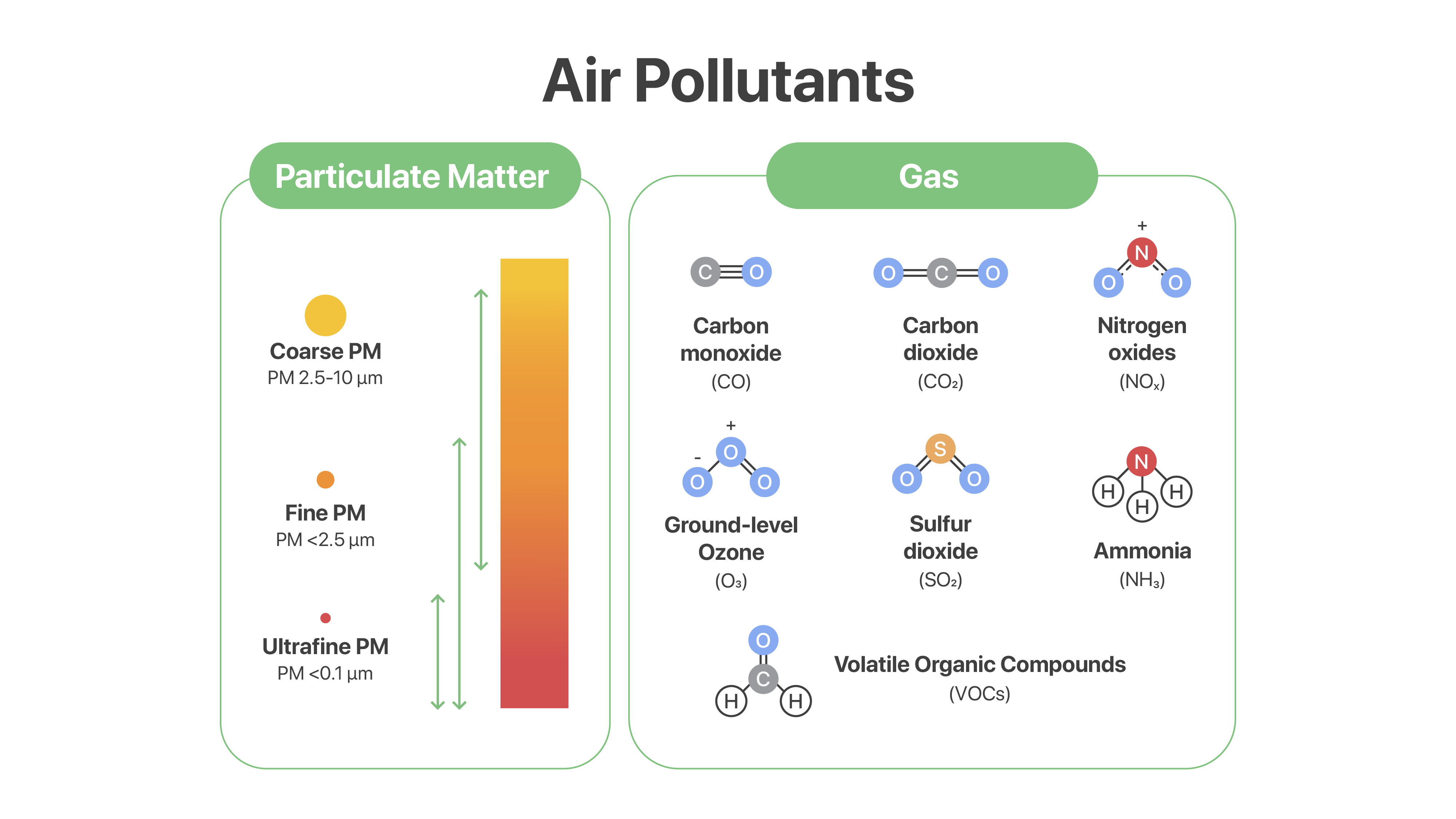
Gases can be absorbed by the trees, but not with the particulates
The distinction between gases and particulates is critical as trees react to each in very different ways. Gases can be absorbed by the leaves, but, unfortunately, particulates cannot be absorbed by the leaves.
Let’s learn a little about biology here!
Leaves absorb gas through openings on their surface called stomata. Stomata are like little mouths on the leaf surface which take in gas and create energy through photosynthesis. They are designed to absorb CO2, but as pollution levels rise, they will also absorb other gases. Science has shown that other gases produced by air pollution, such as SO2, NOx, and CO, can make these plants weaker because they are not designed to absorb them in large amounts. For instance, SO2 can deteriorate plants and cause chlorosis in the leaf. At 0.5 ppm, NOx can also cause leaf deterioration by closing stomata and leaving brown spots that inhibit growth.
How about particulates?
Particulates are not the same as gases. Since they have a solid form, our trees and leaves are not filters for PM2.5 pollution. However, that does not mean that they cannot remove air pollution. There is a process called deposition, where trees remove PM2.5 by "catching" the pollution. Trees can help to reduce particulate pollution by intercepting these airborne particles. Some particulates are caught by the tree's tissues, but the vast majority are retained on the plant's surface. This can happen due to some factors, such as foliage microstructure, branches and leaves density, leaf texture, and the leaf angle. Many intercepted particulates resuspend or re-enter the atmosphere, are washed away by rain, or fall to the ground as leaves and twigs. Thus, vegetation only serves as a temporary retention site for particulates.
Lots of trees ≠ good air quality
One of the most misleading statements we have seen is that trees can be planted to enhance air quality and eliminate air pollution. A study from Sweden documented that trees and other higher canopy vegetation can increase the pollution concentration inside a street canyon by reducing turbulence and mixing fresh air with polluted air inside the canyon.
Another interesting fieldwork experiment in Shanghai showed an increase of up to 30% in PM2.5 concentration near the buildings due to trees. The primary pollutant we face in Indonesia is PM2.5, which as we already know is minimally affected by the number of trees we have. According to a study from the US EPA, removal of PM2.5 from the air by trees is minimal up to 0.24%.
For reference, the top 5 worst places in June 2022 in Indonesia were:
- Cipayung - 74
- Cibubur - 74
- Serpong - 70
- Cibinong - 70
- Tambun Selatan - 67
The guideline from the World Health Organization (WHO) for yearly exposure is just 5 μg/m3. This explains that to get to 5 μg/m3, we will need PM2.5 reductions of:
- Cipayung, 93.2%
- Cibubur, 93.2%
- Serpong, 92.8%
- Cibinong, 92.8%
- Tambun Selatan, 92.6%
To prove the point, here is some data from Nafas sensors around green areas showing the air quality.
- SERPONG - one of the most "green" areas according to various published results.
2021 PM2.5 - 51
2022 PM2.5YTD - 55
The PM2.5 level is about 28% worse than DKI Jakarta which has much fewer trees.
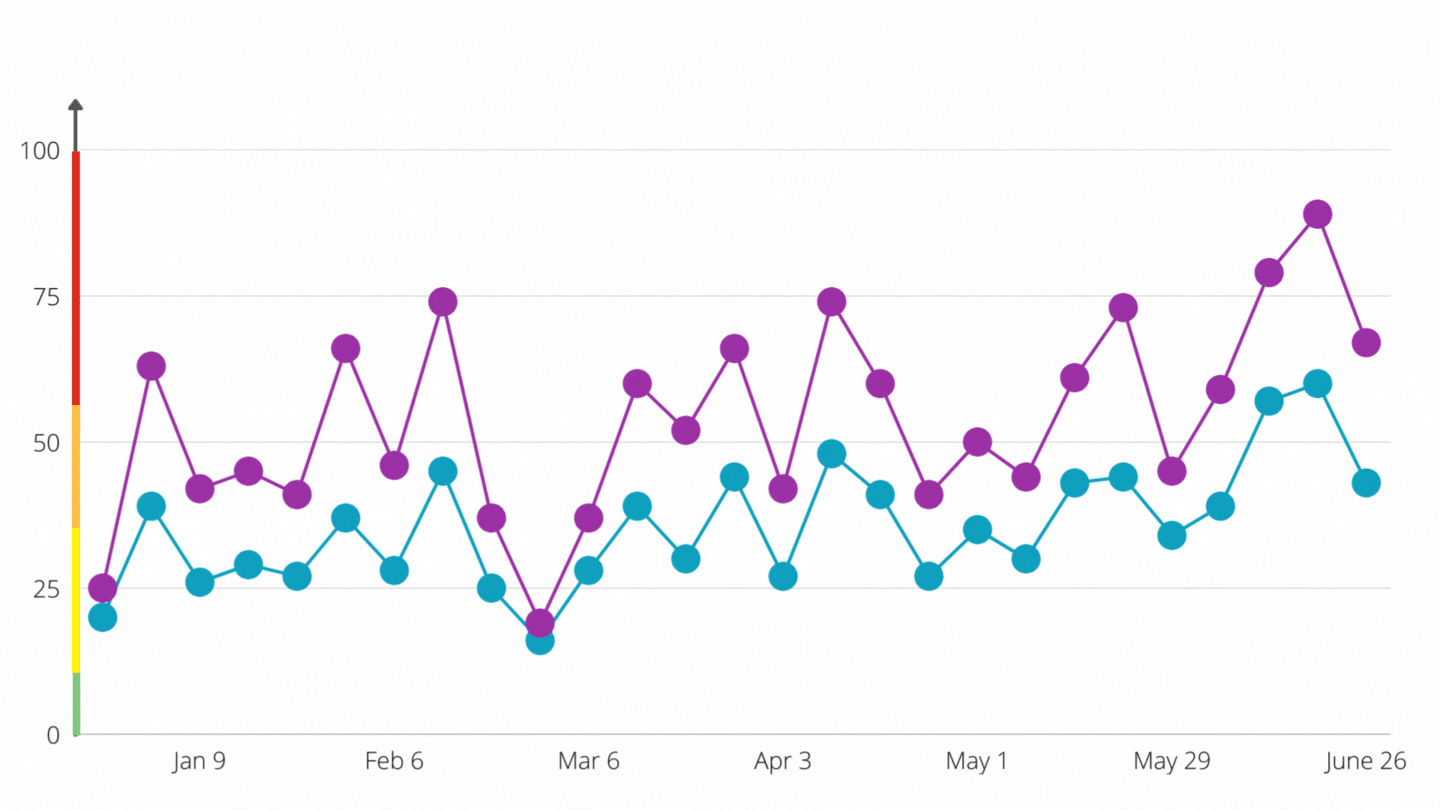
- CIBINONG - one of the most "green" areas according to various published results.
2021 PM2.5 - 57
2022 PM2.5 YTD - 61
The PM2.5 level is about 42% worse than DKI Jakarta which has much fewer trees.
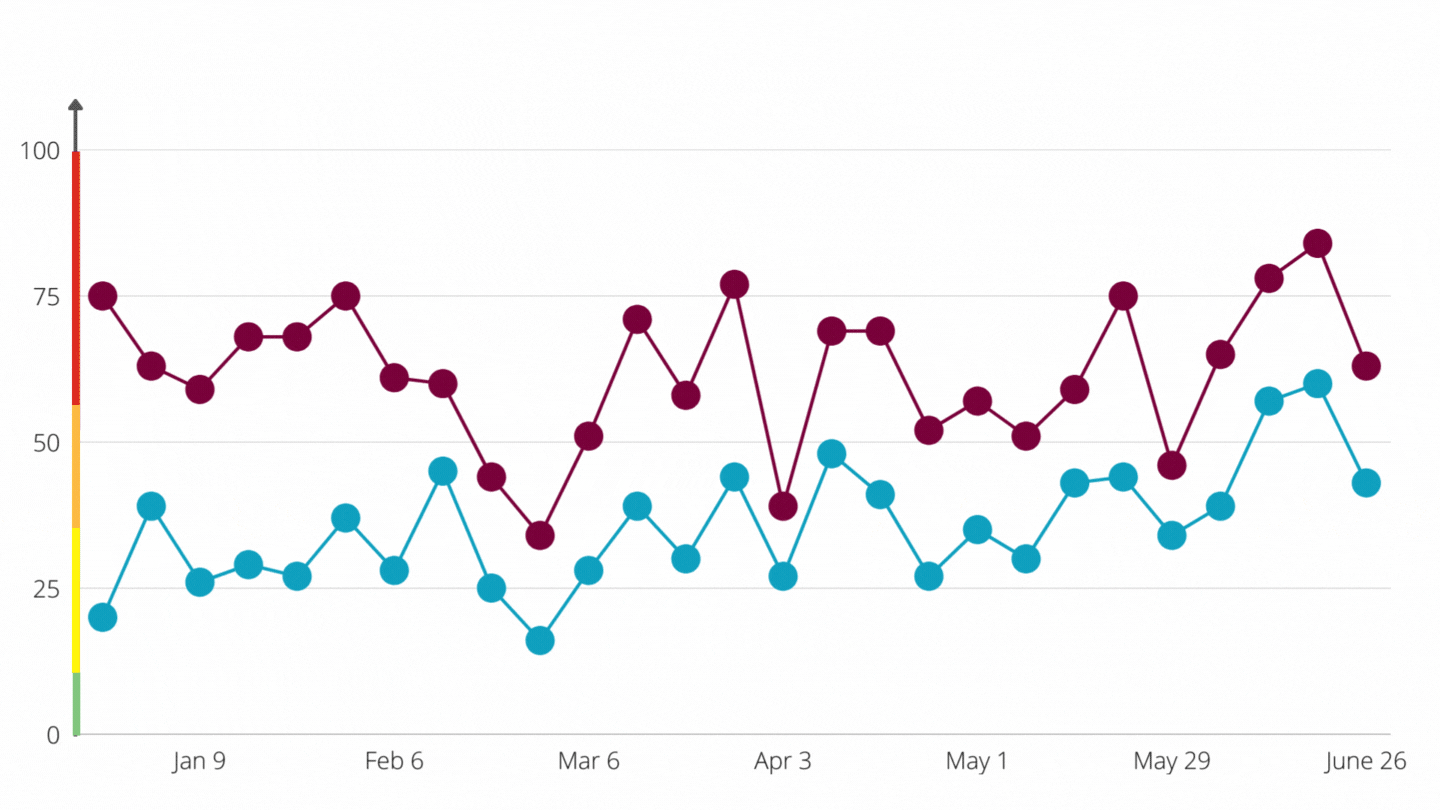
- TARUMAJAYA - one of the most "green" areas according to various published results.
2021 PM2.5 - 51
2022 PM2.5 YTD - 43
The PM2.5 level is about 16% worse than DKI Jakarta which has much fewer trees.
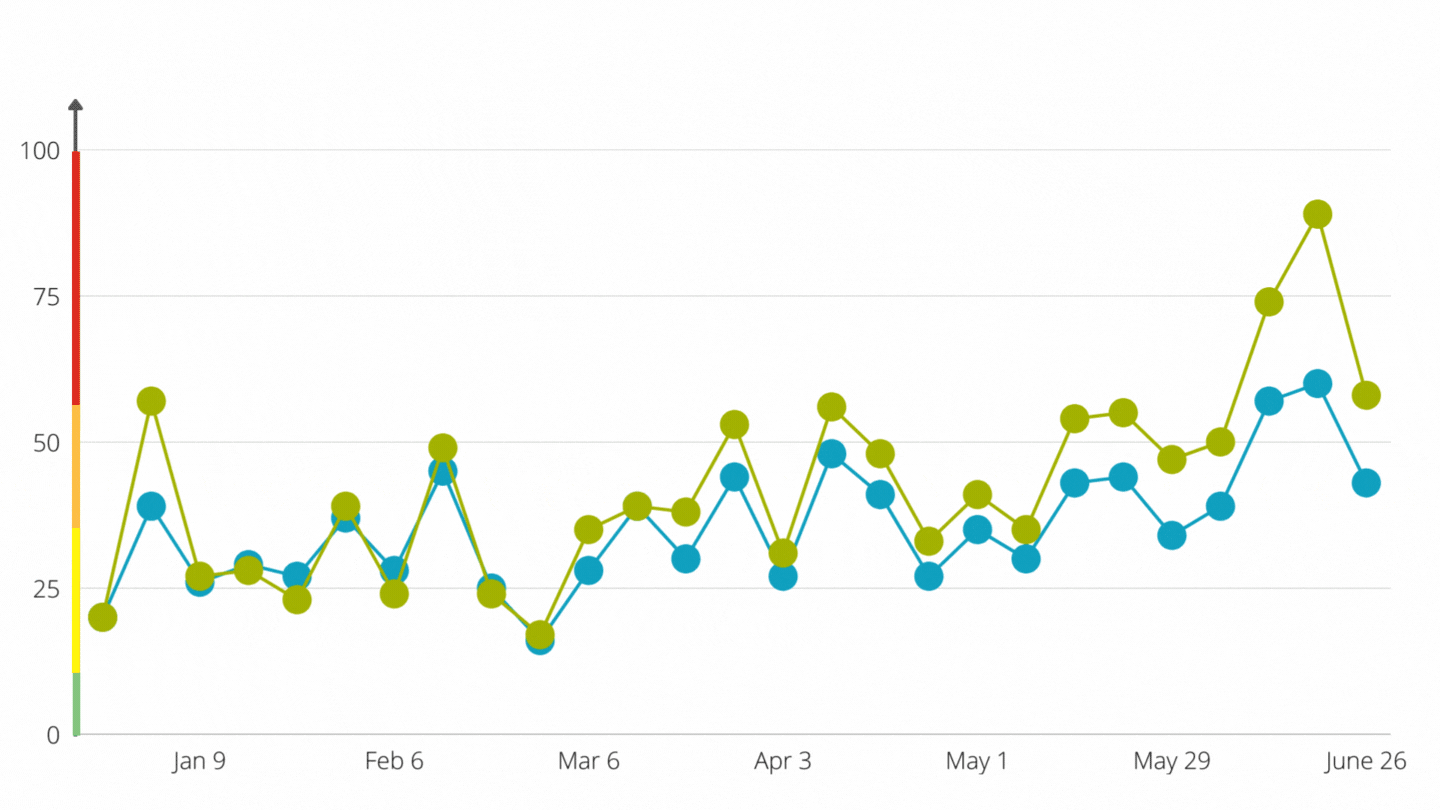
Now, this isn't always the case. Here is the data from one of the Nafas sensors in another green area. - GUNUNG GEULIS - a neighborhood in the Sentul area.
2021 PM2.5 - 25
2022 PM2.5 YTD - 21
The PM2.5 level is about 51% better than DKI Jakarta which has much fewer trees.
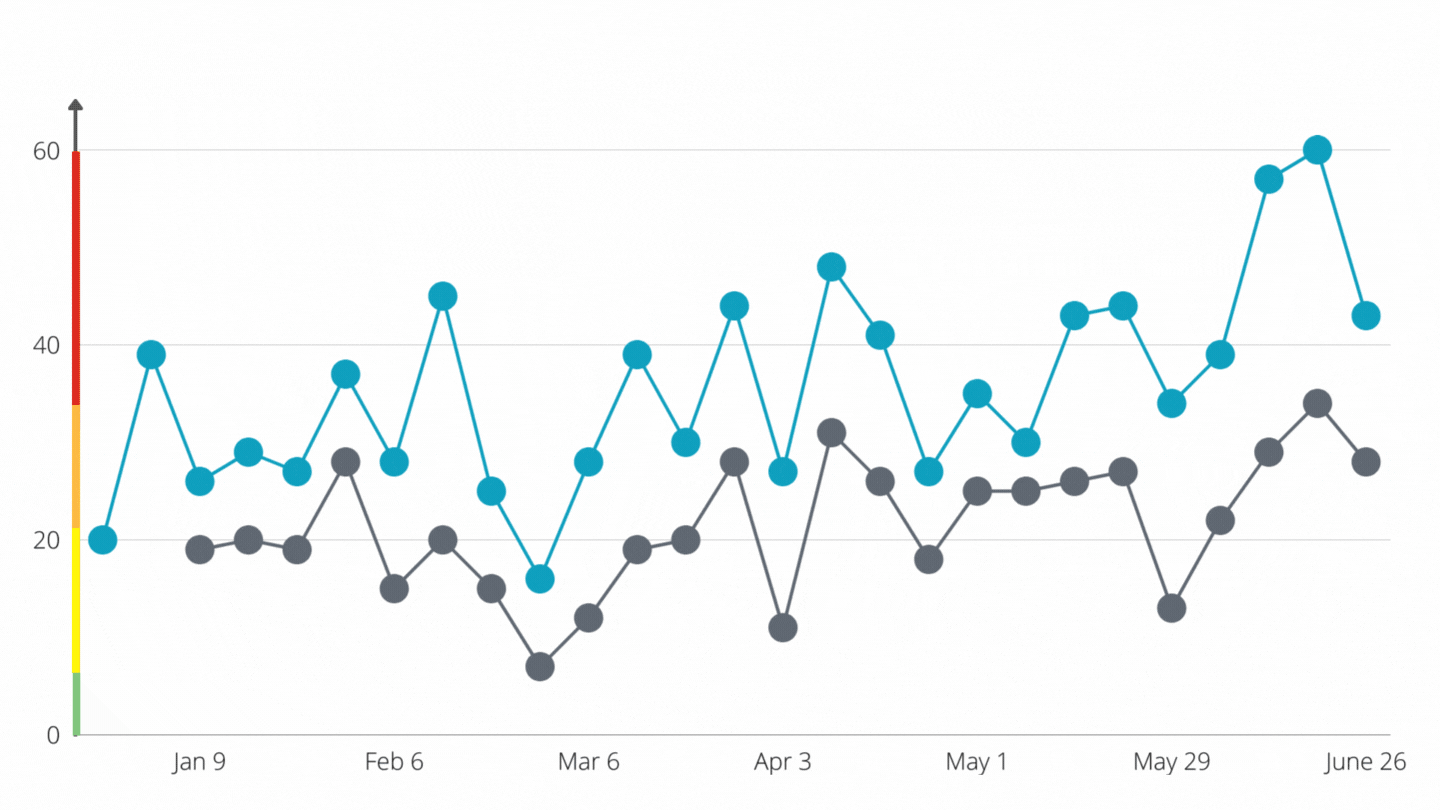
The atmosphere and weather have a greater impact on air quality
Based on those data, it can be concluded that we are far more dependent on the weather and atmosphere in determining air pollution levels. The greatest percentage of improvements in air quality tended to occur during windy conditions with low boundary layer heights. University Corporation For Atmospheric Research (UCAR) mentioned the atmospheric conditions that create weather, such as wind, air pressure, temperature, and humidity, affect air quality. Powerful winds are more able to transport air pollution from one area to another, even across countries.
An interesting study mentioned that the presence of trees can enhance particulate matter concentration by changing air temperatures, emitting volatile organic compounds, and changing energy consumption. PM2.5 levels can increase if trees trap particles beneath their canopies near emission sources. Now, we all know that urban trees are good for reducing gases in air pollution, but are not the most optimal solution to reduce the concentration of PM2.5 in our air. Planting trees might aid in the reduction of air pollution, but local scale designs of urban trees are important to be considered.
The importance of monitoring air quality before starting activities
It turns out that being surrounded by trees does not protect you from air pollution. A leafy and green area is insufficient to ensure the quality of the air we breathe. As a result, regular monitoring of air quality is necessary to protect our bodies from exposure to air pollution. Nafas has installed more than 140 sensors in several cities in Indonesia to monitor air quality. The Nafas application provides access to real-time Nafas sensor measurement data, which is always updated every 10 minutes. With the application, you can regularly monitor the air quality to decide the safest option before starting your outdoor activity.
Nafas is striving to grow our sensor network. You can also become our sensor host by registering yourself here.
References:
How Weather Affects Air Quality | UCAR Center for Science Education. Scied.ucar.edu. https://scied.ucar.edu/learning-zone/air-quality/how-weather-affects-air-quality
Janhäll, S. (2015). Review on urban vegetation and particle air pollution – Deposition and dispersion. Atmospheric Environment, 105, 130–137. https://doi.org/10.1016/j.atmosenv.2015.01.052
Jin, S., Guo, J., Wheeler, S., Kan, L., & Che, S. (2014). Evaluation of impacts of trees on PM2.5 dispersion in urban streets. Atmospheric Environment, 99, 277–287. https://doi.org/10.1016/j.atmosenv.2014.10.002
Nowak, D. J., Hirabayashi, S., Bodine, A., & Hoehn, R. (2013). Modeled PM2.5 removal by trees in ten U.S. cities and associated health effects. Environmental Pollution, 178, 395–402. https://doi.org/10.1016/j.envpol.2013.03.050.